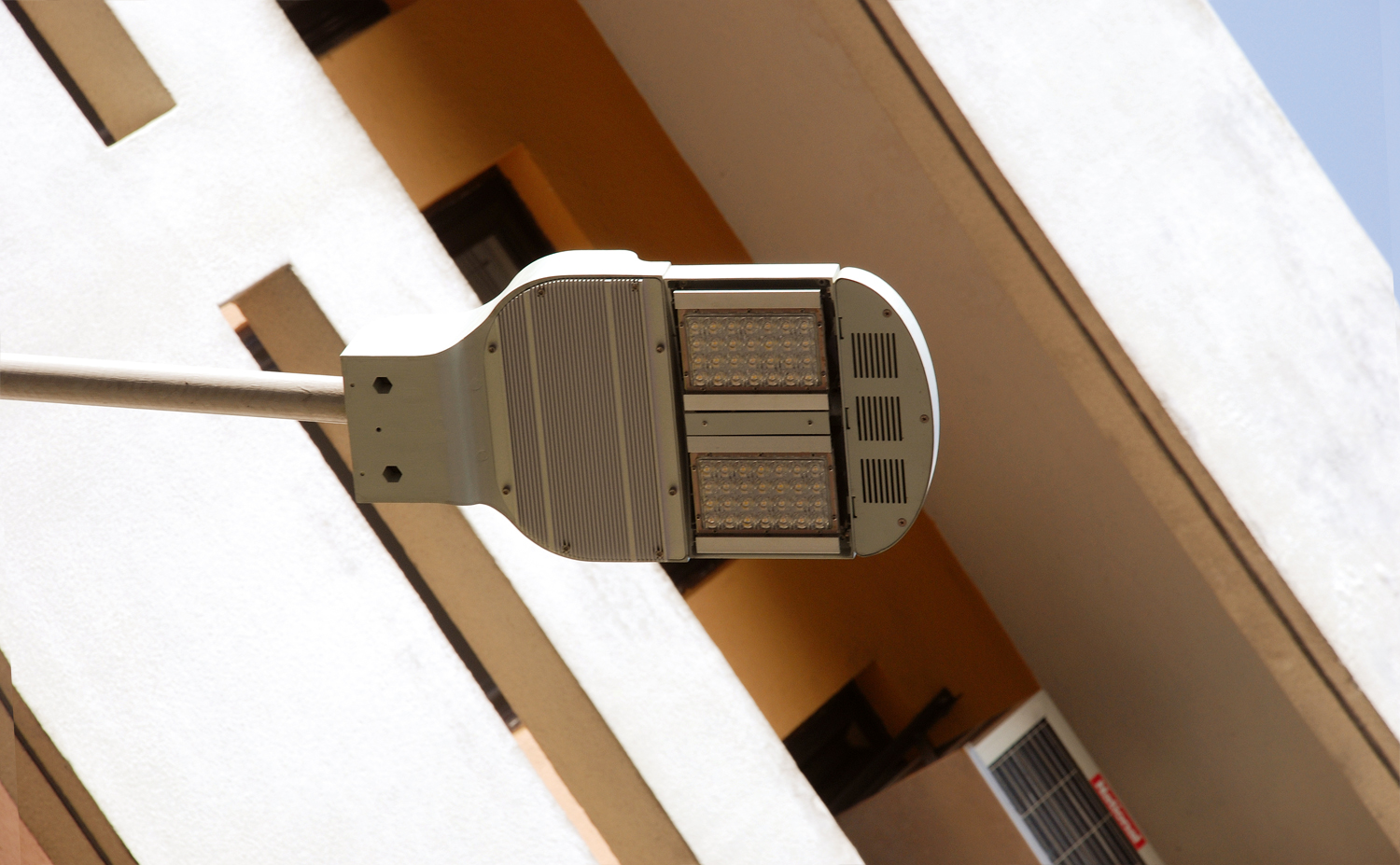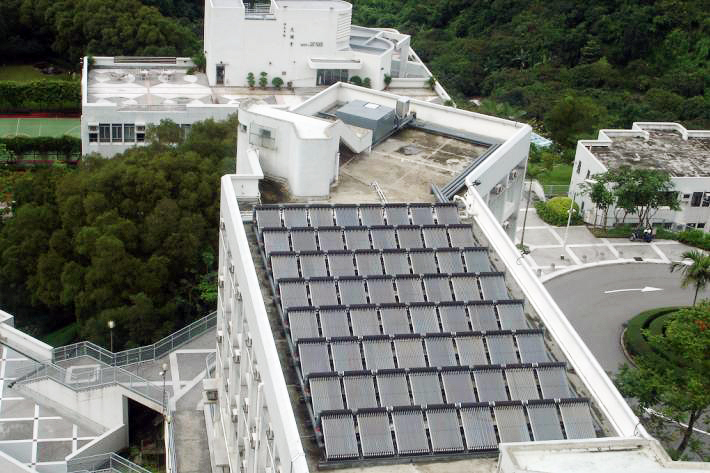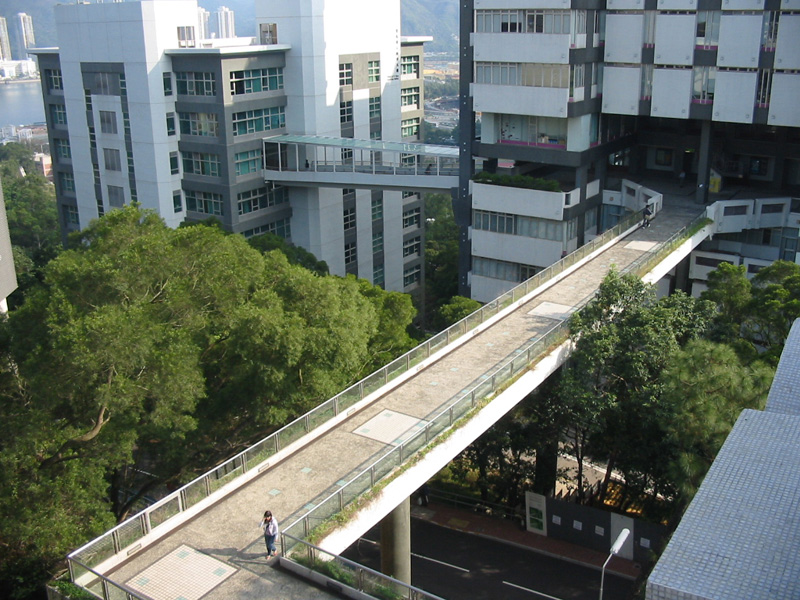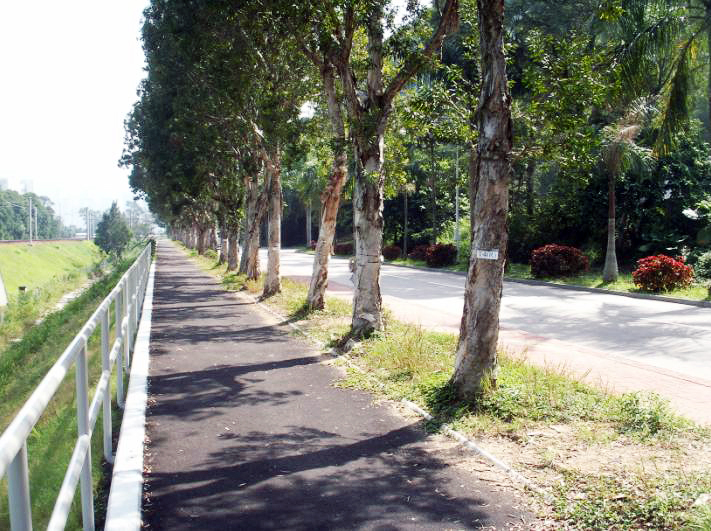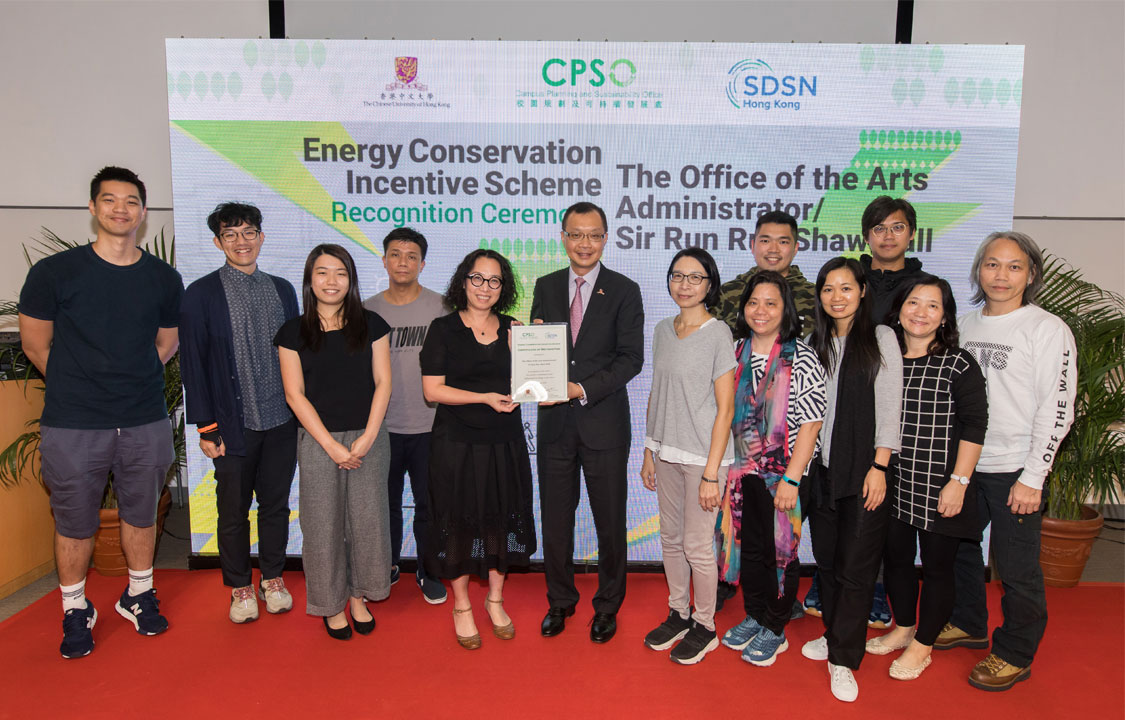Climate and Energy Initiatives
CUHK recognizes climate change as one of the most pressing issues facing society today. The University is committed to cut its per-capita campus energy use and greenhouse gas (GHG) emissions by 25% and 20% respectively by 2025, from baseline levels in 2005 (Campus Master Plan, 2010).
CUHK requires every office to appoint an Energy Warden who will work with the Estates Management Office (EMO) to identify potential energy-saving opportunities and also suggest ways to conserve energy. The University's Energy Policy, adopted in 2003, and its revised Energy Policy and Energy Conservation Guidelines, adopted in 2015, provide building users with specific guidelines.
Electricity consumption accounts for over 90% of our GHG emissions. Whilst the growing campus population and new facilities will inevitably increase the demand for electricity in the coming years, CUHK will continue to pursue energy efficiency strategies to meet our energy and GHG reduction targets. Our strategies include:
- Energy-Efficient Installations
- Extensive Use of Renewable Energy on Campus
- Enhancing the Campus Microclimate
- Green Transportation and Walkability
- Engaging the Campus Community
|
Replacing T5 fluorescent lamps or the conventional lamps and the induction street lamps with more efficient LEDs, and setting up the Energy Efficiency Implementation Fund to encourage and support university units to install energy conservation measures in their premises |
Energy-efficient freshwater evaporative cooling towers with environmentally-friendly refrigerant in new buildings |
|
|
More than 1,000 'evacuated tube solar collectors' have been installed in student hostels and sport facilities. |
|
|
Trees, shrubs, ground cover and green roofs on campus not only help improve scenery and clean our air, but also reduce the urban heat island effect and enhance the local microclimate, helping to lower ambient temperatures and to reduce the need for air conditioning. |
|
CUHK has been adopting cleaner fuel and replacing its vehicles with more environmentally-friendly models such as electric buses. |
Several buildings have been designed with link bridges and lifts to carry pedestrians from one level of the campus to another, encouraging them to walk instead of taking buses. |
|
'Walk for Green' and Walking Campaign to promote walking culture. |
Cycling track along the Campus Circuit. |
|
|
The University introduced a pioneering Energy Conservation Incentive Scheme in 2014 to raise university members' energy awareness and further reduce energy consumption in campus buildings. CUHK actively complements university units' effort to save energy by providing advice and resources. |
|
Replacing T5 fluorescent lamps or the conventional lamps and the induction street lamps with more efficient LEDs, and setting up the Energy Efficiency Implementation Fund to encourage and support university units to install energy conservation measures in their premises |
|
Energy-efficient freshwater evaporative cooling towers with environmentally-friendly refrigerant in new buildings |





